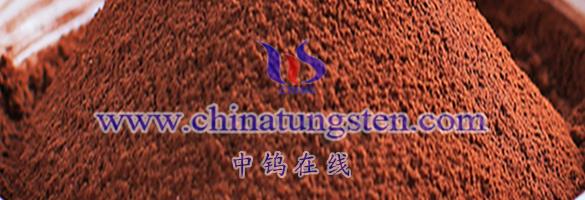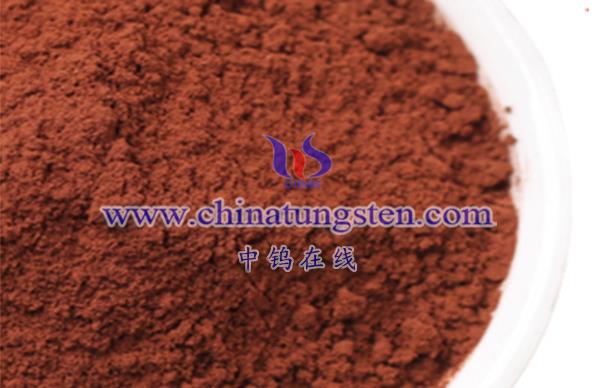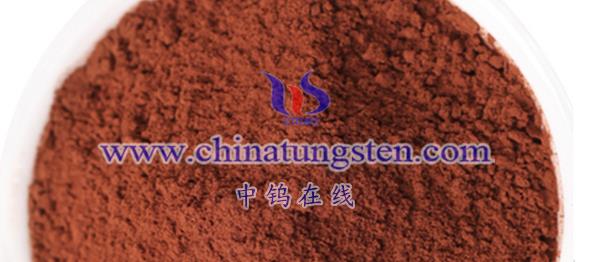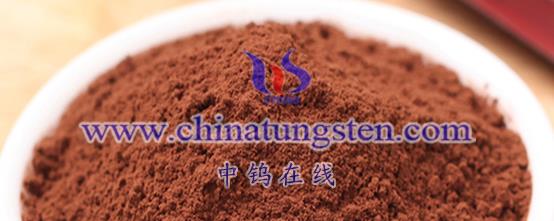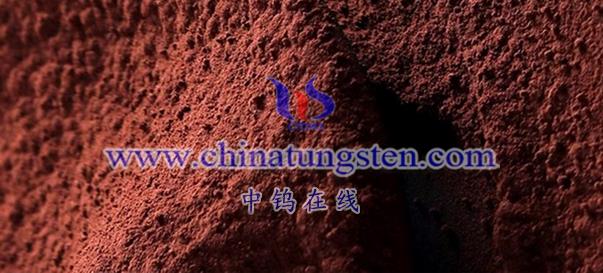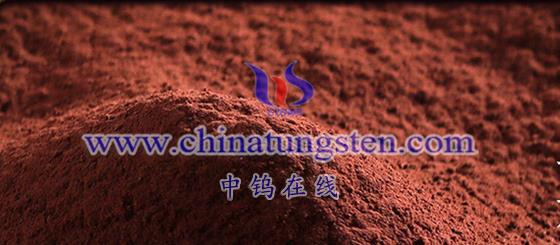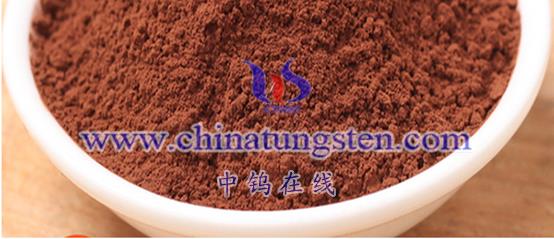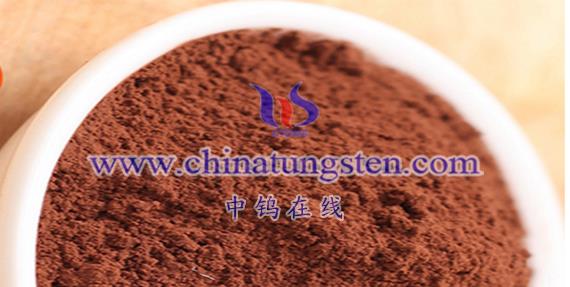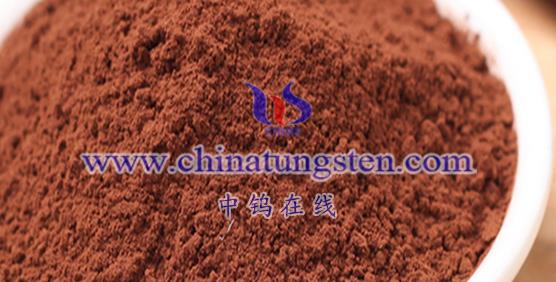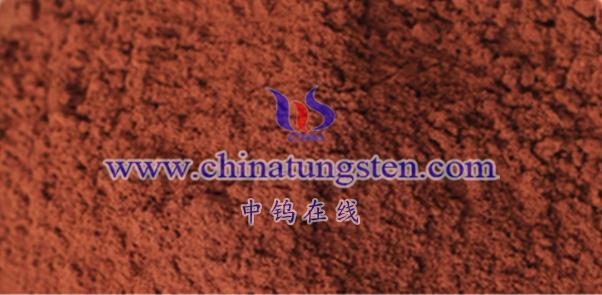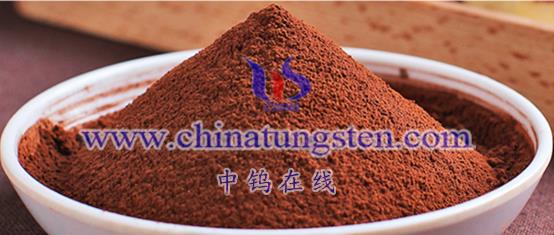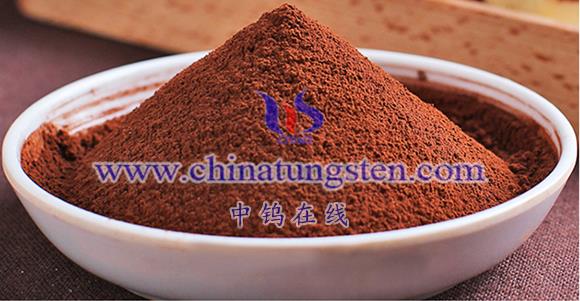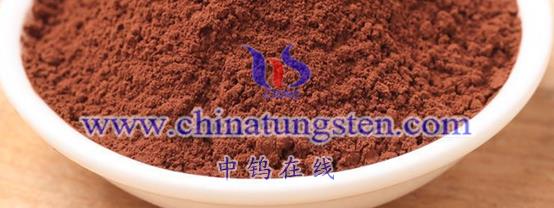
Defect-state tungsten trioxide (WO₃₋ₓ) and ordinary tungsten trioxide (WO₃) differ in structure, properties, and applications. These differences largely stem from the presence of oxygen vacancies in WO₃₋ₓ, which significantly impact its performance.
- Structural Differences
- Oxygen Vacancies: The defining feature of defect-state WO₃₋ₓ is the presence of oxygen vacancies—positions in the crystal lattice where oxygen atoms are missing. This structural alteration changes the electron configuration and properties of WO₃₋ₓ, giving it unique characteristics. In contrast, ordinary WO₃ has a complete crystal lattice with no such vacancies.
- Performance Differences
- Optical Properties: WO₃₋ₓ can efficiently transmit visible light while strongly absorbing near-infrared (NIR) light. This makes it especially useful in optical applications. Ordinary WO₃, however, has more limited light absorption and transmission properties.
- Electrical Properties: Due to oxygen vacancies, WO₃₋ₓ has enhanced conductivity and electrochemical stability, which make it useful in energy storage, such as lithium-ion batteries. Ordinary WO₃, lacking these vacancies, generally has lower conductivity.
- Thermal Stability: WO₃₋ₓ exhibits good thermal stability, maintaining performance at high temperatures. While WO₃ also has reasonable thermal stability, its performance might not match that of WO₃₋ₓ under extreme conditions.
- Mechanical and Chemical Stability: WO₃₋ₓ tends to have higher strength, toughness, and chemical stability, enabling it to maintain stable performance even in harsh environments. Ordinary WO₃ is typically less robust in these aspects.
- Application Differences
- Agricultural Films: WO₃₋ₓ can be used as a surface modifier in greenhouse and agricultural films, significantly enhancing light transmission and solar absorption to create an optimal environment for plant growth. Ordinary WO₃ sees limited application in this area.
- Optoelectronic Materials:
- Photocatalysis: WO₃₋ₓ excels as a photocatalyst, with applications in pollutant degradation and water splitting for hydrogen production. The oxygen vacancies serve as active sites that improve photocatalytic efficiency. In comparison, WO₃ is less efficient in these applications.
- Electrochromic Devices: WO₃₋ₓ is also valuable in electrochromic applications, where it can change color or transparency with applied voltage, making it useful in smart windows and displays. Ordinary WO₃ is used in electrochromics but is generally less responsive.
- Energy Storage: Due to its superior electrical properties, WO₃₋ₓ is explored for use in energy storage applications, such as an additive or anode material in lithium-ion batteries, where it can improve battery stability and performance. WO₃ has more limited applications in this field.
In summary, defect-state tungsten trioxide (WO₃₋ₓ) has distinct structural, performance, and application advantages over ordinary tungsten trioxide (WO₃). These differences make WO₃₋ₓ highly valuable across various fields, from agriculture to energy storage and optoelectronics.
More details of tungsten oxide product, please visit website: tungsten-oxide.com
Please contact CHINATUNGSTEN for inquiry and order of tungsten oxide:
Email: sales@chinatungsten.com
Tel.: 86 592 5129595
